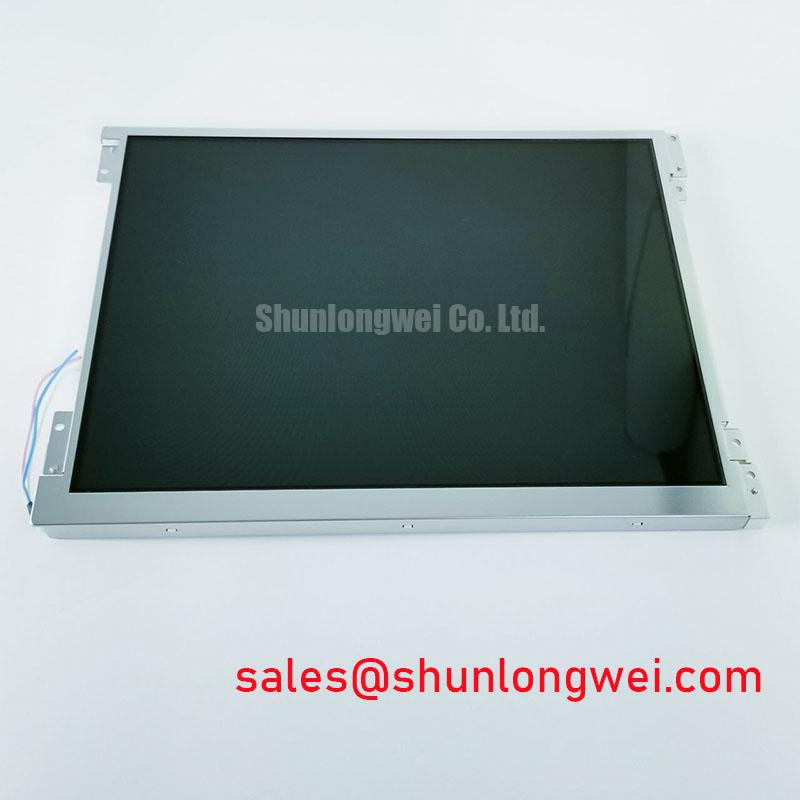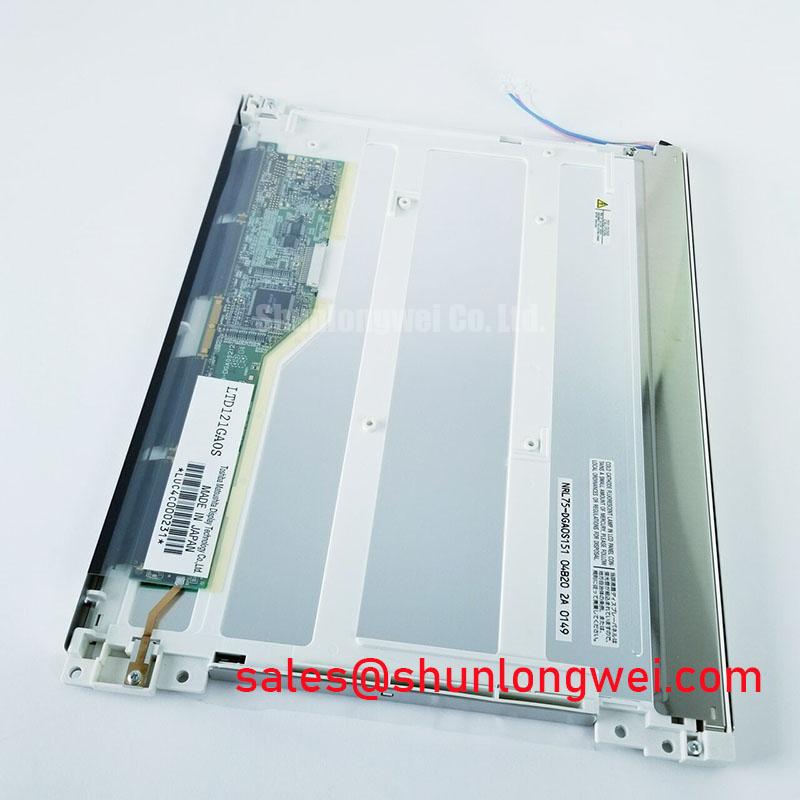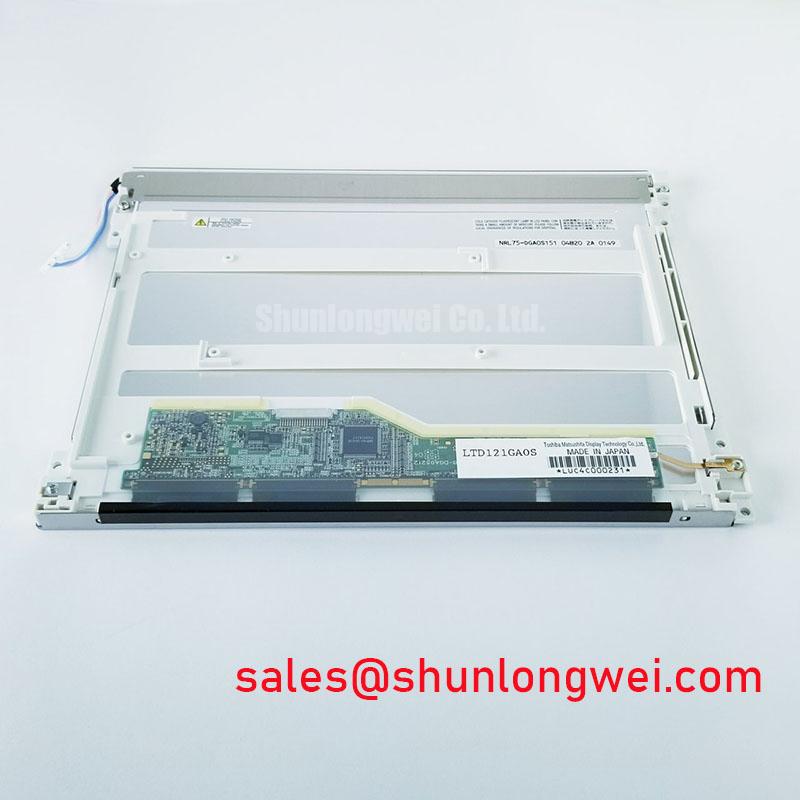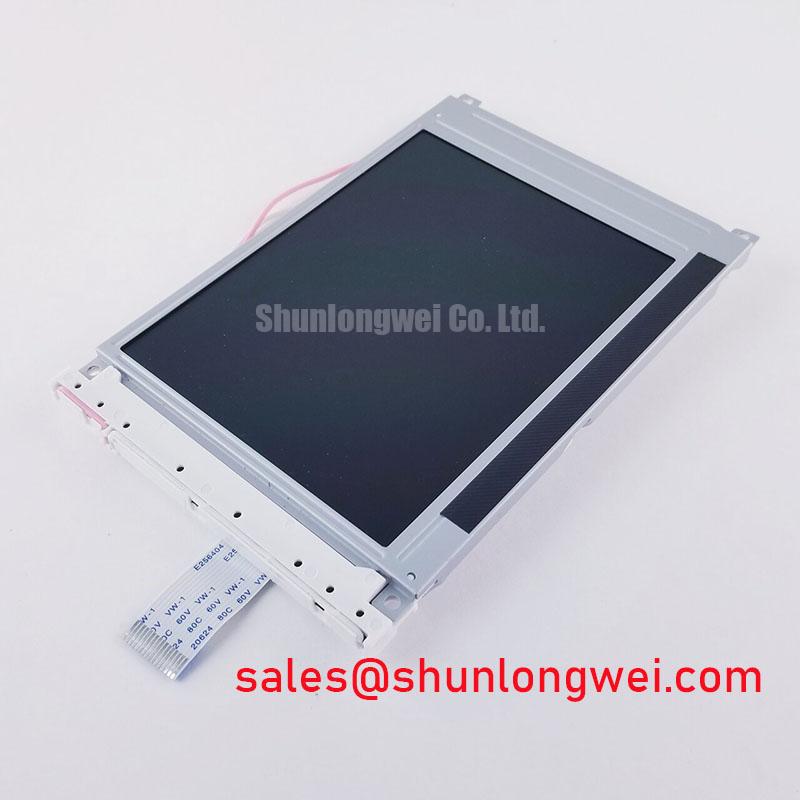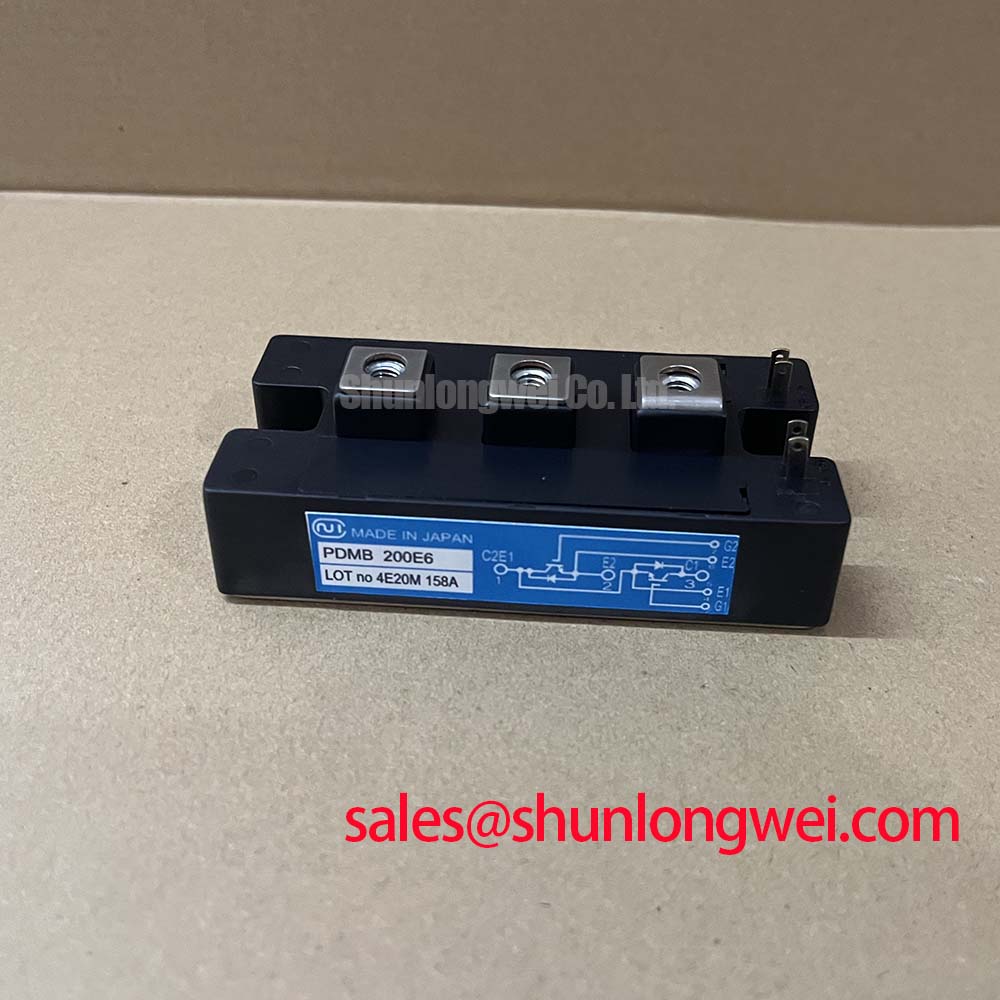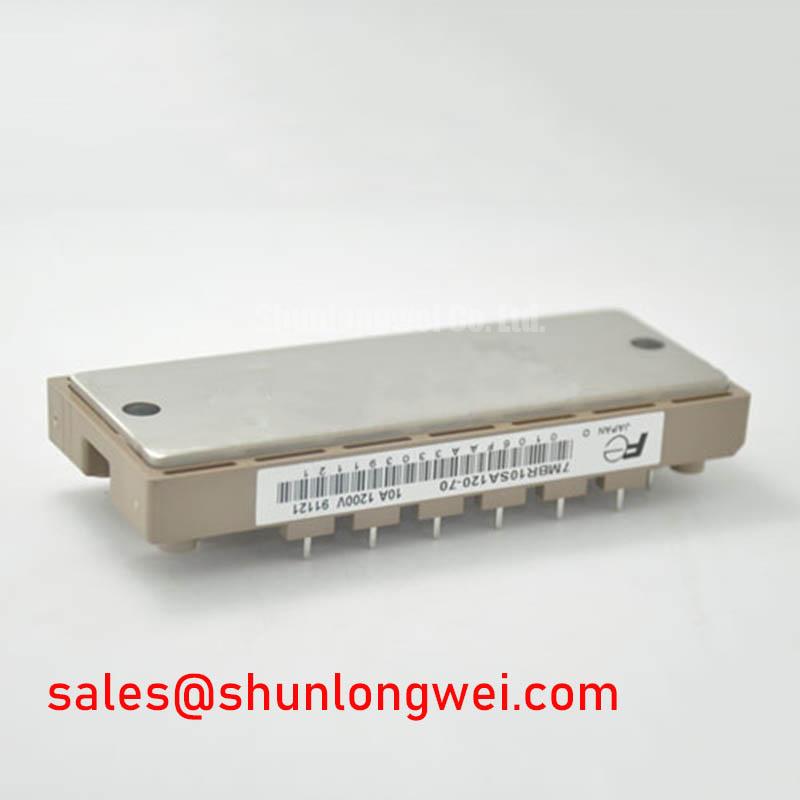LTD121GA0S | 12.1" XGA Industrial TFT-LCD | Datasheet & Specs
Product Overview: The LTD121GA0S a-Si TFT-LCD Module
Content last revised on October 12, 2025.
Engineered for sustained performance in industrial applications, the Toshiba Matsushita LTD121GA0S is a 12.1-inch a-Si TFT-LCD module delivering proven reliability. This display provides a robust visual interface for systems where consistency and long-term serviceability are paramount. Key specifications include: 12.1" XGA (1024x768) | 400 cd/m² Brightness | LVDS Interface | 0 to +50°C Operating Range. Its primary engineering benefits are exceptional readability under typical indoor industrial lighting and a standard form factor for straightforward system integration or refurbishment. For engineers seeking a display to maintain or recertify established Human-Machine Interface (HMI) designs, the LTD121GA0S's standard XGA resolution and robust CCFL backlight system make it a prime candidate.
Application Scenarios & Value
System-Level Benefits in Legacy HMI and Control Systems
The LTD121GA0S is optimized for environments where consistency and backward compatibility are critical design requirements. Its value is most evident in the maintenance and upgrade cycles of long-deployed industrial machinery, medical monitoring equipment, and specialized test instruments.
Consider the engineering challenge of replacing a failed display in a legacy CNC machine's HMI. A complete system overhaul is often cost-prohibitive and requires extensive re-validation. The LTD121GA0S addresses this directly. Its standard 12.1-inch 4:3 aspect ratio, XGA resolution, and common LVDS Interface create a near drop-in replacement path. This significantly reduces engineering downtime, minimizes software adjustments, and accelerates the recertification process, ensuring the continued operation of valuable capital equipment. The anti-glare surface further enhances its utility in these settings, reducing operator fatigue and reading errors caused by overhead factory lighting.
While the LTD121GA0S serves as a reliable component for existing systems, designers developing new platforms might consider panels with newer backlight technology. For instance, the G121XCE-L01 offers a similar size and resolution but utilizes an LED backlight, which may be a factor in designs where power consumption or a wider operating temperature range are key objectives.
Key Parameter Overview
Decoding the Specs for Industrial System Integration
The technical specifications of the LTD121GA0S are tailored for performance and reliability in controlled industrial environments. The following table highlights key parameters and their direct engineering implications, based on the official datasheet.
| Parameter | Value | Engineering Significance & Value |
|---|---|---|
| Screen Size | 12.1 inches (30.7 cm) | Standard diagonal size ensures mechanical compatibility with numerous existing industrial enclosures and panel mounts. |
| Resolution | 1024 (RGB) × 768 [XGA] | Provides sufficient pixel density for clear rendering of GUIs, process schematics, and data readouts in typical HMI applications. |
| Brightness | 400 cd/m² (Typical) | Delivers excellent readability for indoor applications such as control rooms and factory floors, overcoming ambient lighting challenges. |
| Contrast Ratio | 600:1 (Typical) | What is the primary benefit of a high contrast ratio? It ensures deep blacks and bright whites, making it easier to distinguish fine lines and text. |
| Interface Type | LVDS (1 ch, 6-bit) | A robust, low-EMI digital interface that simplifies connection to industrial PCs and single-board computers. |
| Backlight System | 1 pc CCFL with Inverter | A mature and proven technology known for its stable output and predictable lifespan, simplifying maintenance planning. |
| Operating Temperature | 0 ~ +50 °C | Suitable for climate-controlled industrial environments, including control rooms and automated manufacturing lines. |
| Surface Treatment | Anti-glare, Hard coating (3H) | Minimizes distracting reflections and adds a layer of physical durability against incidental contact. |
Download the LTD121GA0S datasheet for detailed specifications and performance curves.
Technical Deep Dive
Design Considerations for Reliability and Readability
The LTD121GA0S is a product of its design era, prioritizing proven technologies for maximum operational stability. A key element is its Cold Cathode Fluorescent Lamp (CCFL) backlight. While modern displays often utilize LEDs, the CCFL system offers a distinct advantage in legacy applications: predictable and graceful degradation. Think of it like the well-understood fluorescent lighting in an industrial facility; it dims gradually over its extensive lifespan, providing clear indications for scheduled maintenance rather than risking sudden, mission-disrupting failure. This predictability is invaluable in systems where uptime is measured in years, not months.
Furthermore, the integration of an anti-glare (AG) surface is not merely a feature but a critical component for operational safety and efficiency. In a control room or on a factory floor, reflections from overhead lighting can obscure vital information, leading to misinterpretation of data. The AG coating diffuses incident light, ensuring that critical alerts, measurements, and control inputs remain clearly legible from various angles, directly contributing to a safer and more efficient human-machine interaction. This focus on fundamental reliability and practical usability defines the engineering philosophy behind the LTD121GA0S.
Frequently Asked Questions (FAQ)
What makes the LTD121GA0S a suitable replacement for displays in older industrial equipment?
Its combination of a standard 12.1-inch diagonal, 4:3 XGA resolution, and a widely adopted LVDS interface ensures both mechanical and electrical compatibility with many systems designed over the last two decades, simplifying refurbishment and extending equipment life.
What are the design implications of the CCFL backlight system?
The LTD121GA0S integrates a CCFL backlight, which requires a separate high-voltage inverter to operate. Engineers must account for the power supply and physical placement of this inverter, a standard practice for systems from its era. This design choice contributes to the module's proven long-term reliability.
How does the 400 cd/m² brightness impact performance in a factory setting?
A brightness of 400 cd/m² is well-suited for typical indoor industrial environments. It's bright enough to produce a clear, legible image that cuts through the ambient light found in control rooms or on manufacturing floors, without being overpowering. What is the effect of the anti-glare screen? It works with the brightness to reduce reflections and enhance readability.
Is the anti-glare (AG) surface treatment important for industrial use?
Yes, it is a critical feature. The AG coating scatters reflections from ambient light sources, preventing glare that can obscure the screen and cause operator eye strain. This leads to higher accuracy and efficiency, especially when monitoring complex data or graphical interfaces.
What is the significance of the 6-bit LVDS interface?
A 6-bit LVDS interface allows the display to render 262,144 colors, which is sufficient for the vast majority of industrial user interfaces. Its key advantage is simplicity and robustness, requiring fewer conductors than parallel interfaces and offering superior noise immunity—a crucial benefit in electrically noisy industrial environments where PLCs and motor drives are active.
An Engineer's Perspective
From an integration standpoint, the LTD121GA0S represents a known quantity. Its datasheet provides clear mechanical drawings and well-defined electrical characteristics, removing the guesswork often associated with retrofitting components. The use of mature technologies like CCFL and a standard LVDS connection means that the display behaves predictably, simplifying both the initial design-in process and any future troubleshooting. For projects that demand stability and adherence to established system architectures over cutting-edge specifications, this module remains a highly relevant and practical choice. For an in-depth comparison of display types, see our guide on Industrial vs. Consumer Displays.

